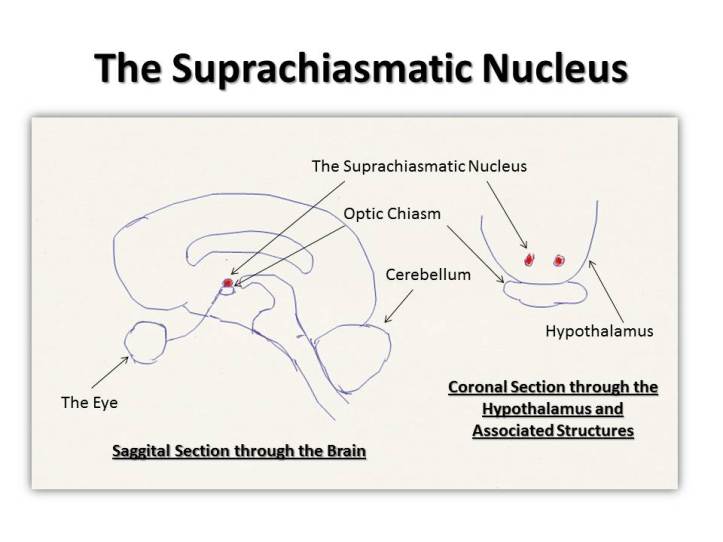This edition of the News Roundup is in Video Format Above
There is an interesting write-up on two studies finding that Schizophrenia can be related to Circadian rhythms (via @Maria Page). In the first study from the British Journal of Psychiatry, the researchers found that there was a disruption in sleep in people with Schizophrenia that was independent of the effects of medication being taken to treat the illness. These included phase-changes in the circadian rhythm. In the second study, the researchers investigated the function of the SNAP 25 gene in a murine model. The SNAP-25 protein is a component of the SNARE complex which mediates the release of the contents of intracellular vesicles (vesicles can act as storage structures within the cell). For instance, these could be the neurotransmitters that are released by a neuron.
Snare Complex, Danko Dimchev Georgiev (M.D), Wikimedia Commons, Creative Commons 3.0 License
When the SNAP 25 gene was not expressed, the researchers found that the circadian rhythm was altered. The Suprachiasmatic Nucleus is an important structure in the brain that regulates circadian rhythms – effectively it acts as a clock.
 The Suprachiasmatic Nucleus, Justin Marley, Creative Commons License 2.0
The Suprachiasmatic Nucleus, Justin Marley, Creative Commons License 2.0
The researchers found that although the Suprachiasmatic Nucleus (SCN) was functioning there was a disruption of the signals between the SCN and other organs. They suggest that with sleep disturbances occurring in many mental illnesses alterations in the SCN’s signals should be investigated further and may offer novel lines of inquiry for therapeutics.
In a study of 3, 725 same-sex twins, researchers found that the risk of autism in one twin was significantly correlated with lower birth weight. The researchers were using a cut-off limit of a 15% difference in birth-weight between twins. They found that lower birth-weight was associated with a 13% increase in the risk of Autistic Spectrum Disorder for every 100g reduction in birth weight. However the research also shows that other factors are likely to be important as well.
There is a video here about the experiences of a caregiver for a parent with Dementia.
Psychiatry 2.0
Researchers have identified a correlation between the citation rate for a sample of Science and Nature articles and their citation count on Google Scholar and the Web of Science. However the researchers note it is a correlation and causality would need to be investigated further. The Department of Health has stated a commitment to the 3 Million Lives project which aims to improve the lives of 3 million people over the next five years through Telehealth and Telecare. There’s a very interesting write-up by Thomas Lin in the New York Times on the Open Science movement that is taking pace and Lin takes a look at ResearchGate an online portal that is bringing scientists together.
An index of the site can be found here. The page contains links to all of the articles in the blog in chronological order. Twitter: You can follow ‘The Amazing World of Psychiatry’ Twitter by clicking on this link. Podcast: You can listen to this post on Odiogo by clicking on this link (there may be a small delay between publishing of the blog article and the availability of the podcast). It is available for a limited period. TAWOP Channel: You can follow the TAWOP Channel on YouTube by clicking on this link. Responses: If you have any comments, you can leave them below or alternatively e-mail justinmarley17@yahoo.co.uk. Disclaimer: The comments made here represent the opinions of the author and do not represent the profession or any body/organisation. The comments made here are not meant as a source of medical advice and those seeking medical advice are advised to consult with their own doctor. The author is not responsible for the contents of any external sites that are linked to in this blog.

